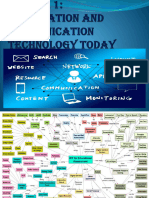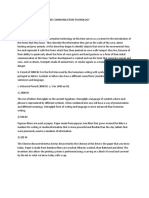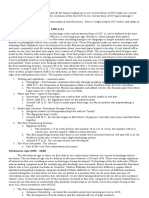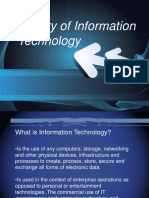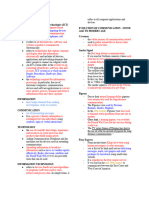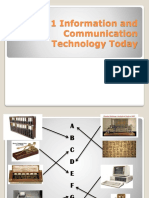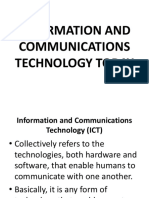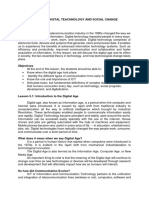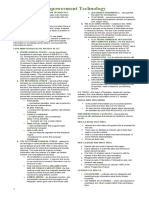0% found this document useful (0 votes)
25 views24 pagesSpecific Issues in STS
The document discusses the history of information systems and technology. It describes the early development of writing systems, paper, books, libraries, numbering systems, and early mechanical calculators. Key developments included cuneiform, the alphabet, the abacus, moveable type printing, slide rules, and early mechanical calculators and computers developed by Pascal, Leibniz, and Babbage.
Uploaded by
remarbarrios939Copyright
© © All Rights Reserved
We take content rights seriously. If you suspect this is your content, claim it here.
Available Formats
Download as DOCX, PDF, TXT or read online on Scribd
0% found this document useful (0 votes)
25 views24 pagesSpecific Issues in STS
The document discusses the history of information systems and technology. It describes the early development of writing systems, paper, books, libraries, numbering systems, and early mechanical calculators. Key developments included cuneiform, the alphabet, the abacus, moveable type printing, slide rules, and early mechanical calculators and computers developed by Pascal, Leibniz, and Babbage.
Uploaded by
remarbarrios939Copyright
© © All Rights Reserved
We take content rights seriously. If you suspect this is your content, claim it here.
Available Formats
Download as DOCX, PDF, TXT or read online on Scribd
/ 24









